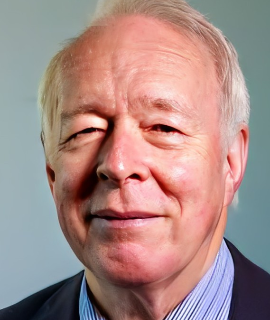Robotics in dentistry
Robotics are becoming increasingly present in the world of dentistry. The use of robotics for dental procedures date back to the 1980s, when it was first used to automate the manufacturing of dental prosthetics. Today, however, this technology is being used much more broadly, from helping diagnose and treat dental diseases to automating the cleaning process of teeth. Robots are able to precisely perform a variety of complex tasks in the dental office, from completing routine cleaning and polishing to using lasers and other tools for treatment. With the help of robotics, dentists have become able to more effectively and accurately diagnose dental diseases, enabling them to provide better treatment options at a faster rate than ever before. This technology has made dentistry safer by reducing the chances of human error and increasing accuracy. Robotics have also become increasingly prevalent in oral and cosmetic surgery in recent years. For example, robotic tools have become increasingly popular in implant surgery, being used to more accurately place implants and reduce recovery time. Additionally, they can be used to more precisely sculpt and reshape gum tissue, allowing for improved cosmetic results. Robotics is also being used to enhance dental patient education. By combining digital photography, 3D printing, and robotics, dentists can easily provide dental models to their patients, enabling them to better understand their dental issues. This technology is proving to be especially beneficial in the field of pediatric dentistry, where children often struggle to understand complicated concepts. Overall, robotics are proving to be a valuable addition to the world of dentistry. By automating various processes, improving accuracy, and aiding in patient education, they are quickly revolutionizing how dental services are provided. As this technology continues to evolve, it is likely to bring about further improvements in the dental field.

David Geoffrey Gillam
Queen Mary University of London, United Kingdom
Christopher Turner
Spacemark Dental, United Kingdom




Title : Evaluating hygienist follow up for head and neck oncology patients in secondary care: Results from a two cycle audit
Peter Basta, Newcastle Dental Hospital, United Kingdom
Title : Atypical facial pain unravelled
Christopher Turner, Spacemark Dental, United Kingdom
Title : New treatment of temporomandibular disorder through muscle balance and muscle regeneration by activation of quiescent muscle stem cells( satellite cells) with mitochondrial dynamics
Ki Ji Lee, National Reserach Foundation & Busan Medical University, Korea, Republic of
Title : MRONJ and ORN: Referral or management in primary care? Navigating guidelines in the context of long waiting lists
Alisha Sagar, NHS England, United Kingdom
Title : Managing the unexpected: An Insight into supernumerary teeth
Bahar Gharooni Dowrani, Guy's and St Thomas' NHS Foundation Trust, United Kingdom
Title : Laxative prescribing for post operative head and neck cancer patients at Derriford Hospital
Pui Sze Kylie Li, Cardiff and Vale University Health Board, United Kingdom